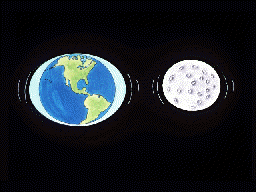This image shows the Earth and the moon, and the bulges produced on each side from the tides.
Click on image for full size
Tidal Forces
The force of gravity caused by an object gets weaker as you move
farther away from that object. In this picture, the Earth is pulling
on the Moon, and the Moon is pulling on the Earth. The Moon pulls
more strongly on the side of the Earth facing the Moon than on the
side facing away from the Moon. Because the gravitational force on one
side of the planet is different from that on the other side, it is called a
tidal force.
Because planets are not perfectly rigid, they deform when subjected
to such tidal forces (Earth also bulges at the equator all the way around because it is spinning). They deform as if they are being pushed from
the top and bottom, and a bulge forms on either side of the planet.
These two bulges are called tides. On Earth, near the ocean,
these tides can actually be seen. The ocean water rises high along the
beach, twice each day.
If a body is very rigid or is not held together well, instead of
getting pushed and pulled out of shape, the tidal forces can actually
tear the body in half, as with comet
Shoemaker-Levy 9.
You might also be interested in:
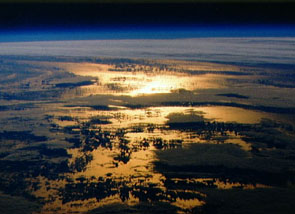
If a body (like the Earth) is orbiting around the Sun, we say it is closest to the Sun at perihelion and farthest from the Sun at aphelion. In 2000, perihelion for the Earth was on January 3, 2000, and
...more
Have you ever walked along a beach at low tide? Everyone likes to look for uncovered sea shells or the small creatures in leftover puddles of water during low tide. One thing is for sure, low tide can
...more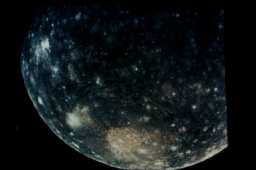
The insides of most of the moons and planets separated while they were forming out of the primitive solar nebula. Measurements by the Galileo spacecraft have been shown that Callisto is the same inside
...more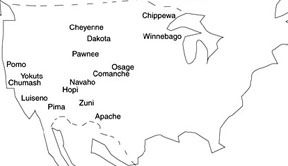
People from Asia crossed the Bering Strait into North America. These people were first in this new land and so they are known as Native Americans. Over time, these people broke into tribes (as seen on
...more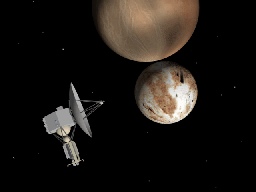
AU stands for Astronomical Units. It is a useful way to measure the distances in interplanetary space. It is the distance between the Earth and the Sun, which is about 93 million miles. For reference,
...more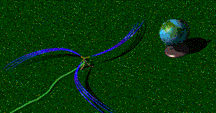
The solar wind is formed as the Sun's top layer blows off into space, carrying magnetic fields still attached to the Sun. Gusts form in the solar wind associated with violent events on the Sun. Particles
...more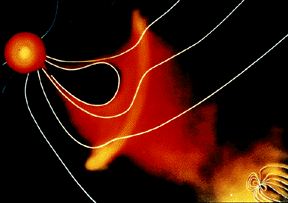
For a planet to be affected by a blob of material being ejected by the sun, the planet must be in the path of the blob, as shown in this picture. The Earth and its magnetosphere are shown in the bottom
...more


